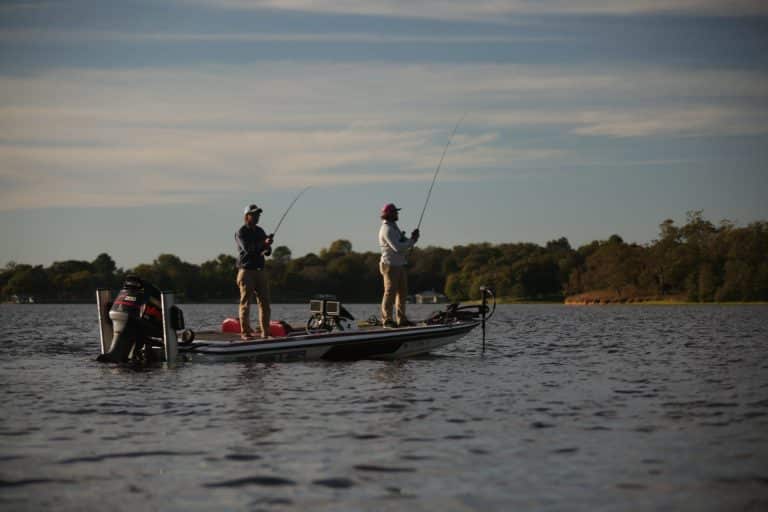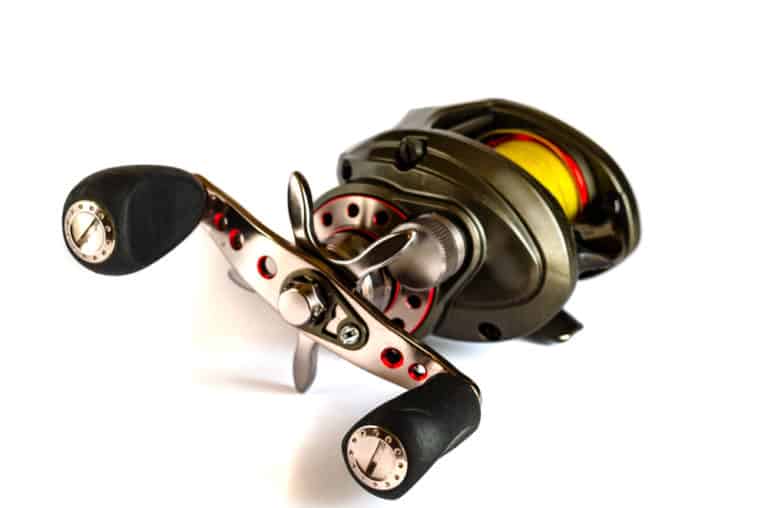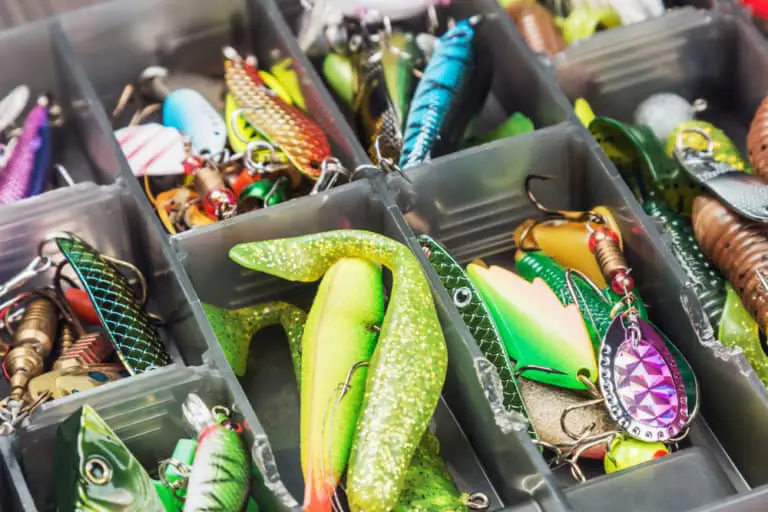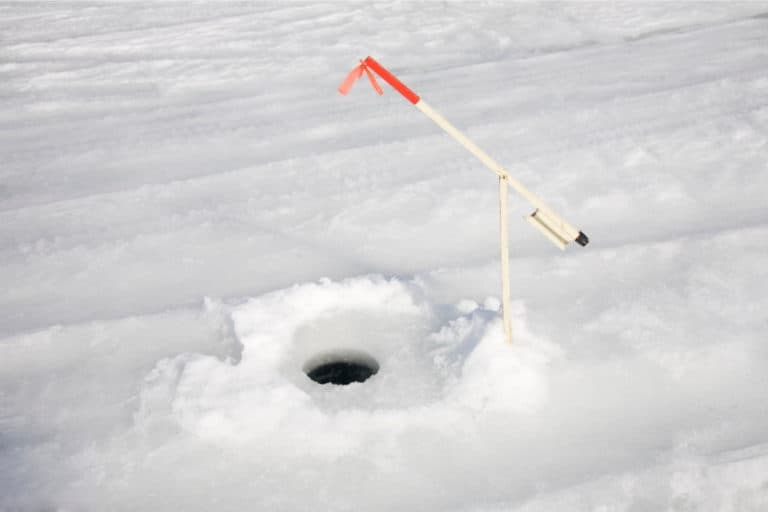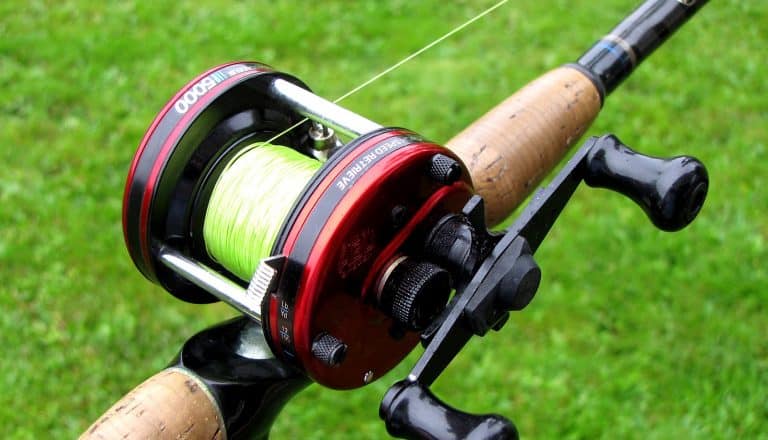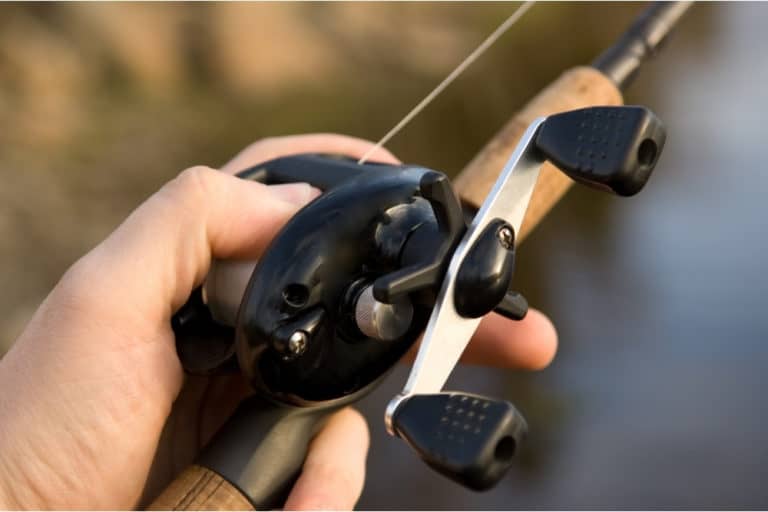How To Crappie Fish With Minnows
Crappie fishing with minnows is an important technique that every angler should learn. If your jigs are not working, minnows should be your go-to choice every time. A huge portion of crappies live off small fish. They are all meat eaters and most certainly have a taste for minnows. Rarely will adult crappie turn its nose up at a minnow on the end of your hook.
However, utilizing baits in the vast variety of habitats where crappies dwell can be a challenge. This is why there are numerous rigs designed to present baits well to these large, fun-to-catch panfish.
Today, we are going to discover how to crappie fish with minnows. We will guide you on the right size minnows, types of minnows to use, and much more so you can improve your catch rate tenfold. Here’s all you need to know about crappie fishing with minnows.
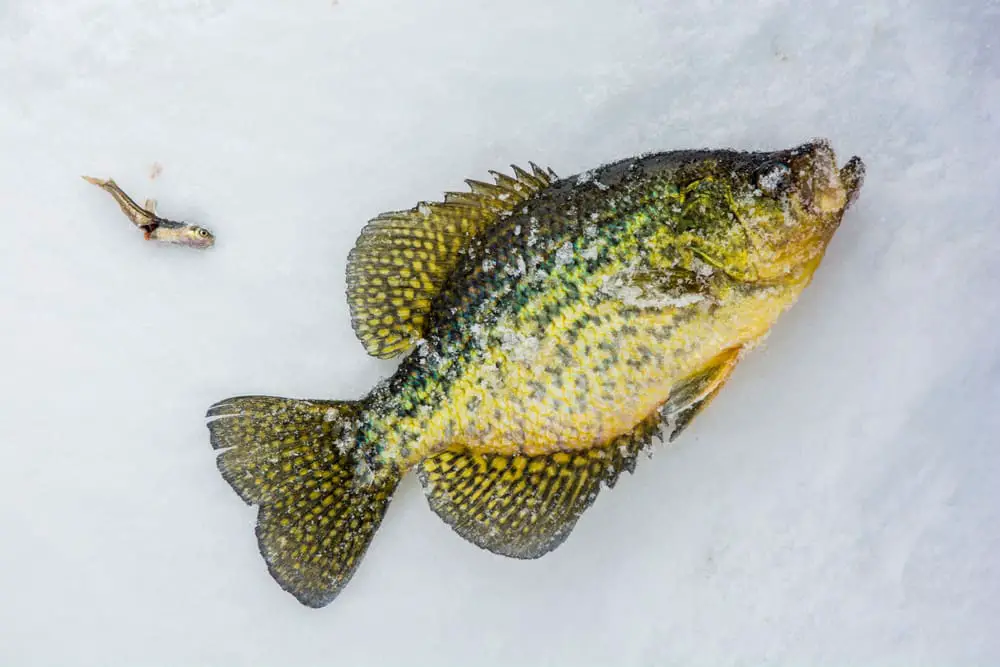
Table of Contents
What size minnows for crappie?
The size of the minnows you choose to tempt crappie fish is one of the first factors you need to consider. Different sizes appeal to different-sized crappie.
If you want to catch as many as possible, you will want to use minnows that are approximately 1-inch to 2 inches. If you use minnows any bigger than this, they may only appeal to larger crappie. If this is what you’re going for, then feel free to use larger minnows.
However, when using different-sized minnows, make sure you use a hook that matches the size of your particular minnow. If you use a large hook on a small minnow, it will shorten its lifespan significantly. This means it will die soon after hitting the water and, with no movement, the crappie will not be interested.
The result? No catches that day.
How do you rig minnows for crappie?
There are multiple ways of rigging your hooks for minnows. This includes trolling, slip floating, and tightlining. The majority of crappie rigs feature two hooks with both on separate leaders. These are attached to a weighted mainline.
The basic setup doesn’t vary much at all as the rig can be dropped to the bottom, suspended over some sort of cover from a slip float, tightlined, or trolled.
Some of the most popular rigs include:
- Slip-float rig
- Drop-shot rig
- Minnow-and-brush rig
- Simple bobber rig
Slip-float rig – Thread your line through the float and tie a ⅛-inch jig onto it, tipped with a minnow. Then, tie a stop knot above the float or use a commercial rubber stop. This jig can be fished at any depth (from a foot to 30 feet and more). Simply slide the stop knot down or up to adjust the depth.
Drop-shot rig – This is a vertical bait presentation. Drop-shotting uses a tightline with a 6-pound test being the most usual. In its purest form, a sinker is fitted to the end of your line with a hook tied from 1 to 4 feet above it. Nose-hook a minnow and drop to the crappies.
Minnow-and-brush-rig – With this method, you can either hook your minnow behind its head or thread it onto the jig hook. Do this as if you were putting on a plastic grub tail. Insert the jig hook point into the minnow’s mouth and slowly adjust this onto the hook shank. The jig hook point should be coming out of the bait, just slightly forward of the minnow’s tail.
Simple bobber-rig – You can use any bobber or float for this technique such as snap-on plastic models or higher-quality balsa or cork models. Move the bobber on your fishing line several feet above your bait hook.
Place on one split shot (or more) between your hook and the bobber. If you’re fishing in deeper water, you can slide the bobber toward the top of the rod tip. If in shallow water, close the distance between the minnow and the bobber.
Are minnows good for crappie?
Many anglers would agree that minnows and crappie are the classic combination and a perfect duo. While adult crappie tend to eat other forage, the main portion of their diet is small fish such as minnows.
Because minnows can be raised commercially and readily available in bait shops throughout the United States, they have become the bait of choice for the majority of crappie anglers.
Some minnows are more popular with anglers than others. The most used species are the golden shiner and fathead minnow.
Tons and tons of these fish are produced in commercial fish farms, with Arkansas being the leading producer. Every year alone, 6 billion minnows are raised here. That’s around 61 percent of the country’s grand total of minnows!
How to hook a minnow for crappies
Hooking minnows is an essential skill for any angler. It can make a huge difference between catching crappie or seeing it pass by your jig. As well as the hook size, which we will mention below, there is the technique of hooking crappie. The proper technique should improve your catch rate so, let’s take a look at some of the ways of hooking these small fish.
Care should always be taken when hooking minnows. You must ensure it stays lively as well as on the hook. Overall, the best and most effective method is probably the lip hook.
This is done by simply running your hook up through the bottom lip of the minnow and then through its top lip. This method is primarily used when the minnow is being pulled through the water, for cast/retrieve presentations, or when trolling.
This technique also works well for still fishing but most anglers still favor hooking a minnow through its back, just behind the dorsal fin. Some anglers feel this is the best method for stationary positions.
Eye-hooking is another technique for hooking minnow. You simply run the hook through the upper portion of the minnow’s eye sockets. While this is common, it is more likely to kill the minnow.
Some insert the hook through its eye and then out of the mouth or sometimes right in front of the tail. We recommend going for the most proven method of lip hooking. This will keep the minnow alive for longer so it can splash about in the water and attract more attention.
What type of minnow do crappies eat?
Whether you catch or buy minnows, there are some types to look out for when crappie fishing. You generally have a choice of three:
- Flatheads
- Golden shiners
- Rosy reds
Flatheads are available in most reputable bait shops. They are hardy and able to withstand low oxygen levels, rough handling, and different water temperatures.
Golden shiners are more popular in the south of the US. While not as hardy as flatheads, they are more lively. Their gold hue can be more enticing for crappie and are a little larger which can attract more crappie.
Rosy red minnows are a type of flathead that looks similar to a goldfish. Hardy and flashy in color, rosy reds have the best of both worlds to attract crappie.
What size hook is best for crappie?
The best hooks have a thin wire and a long shank. The thin wire will kill fewer minnows, is harder for crappie to see, and it frees more easily if you get snagged against rocks.
Long shanks are easier to get out of the crappie’s mouth if it is swallowed. We suggest opting for a size 4 to 6 hook when using small minnows and sizes 3 to 1 for medium minnows. You can use larger types at 1/0 or 2/0 for larger minnows.

